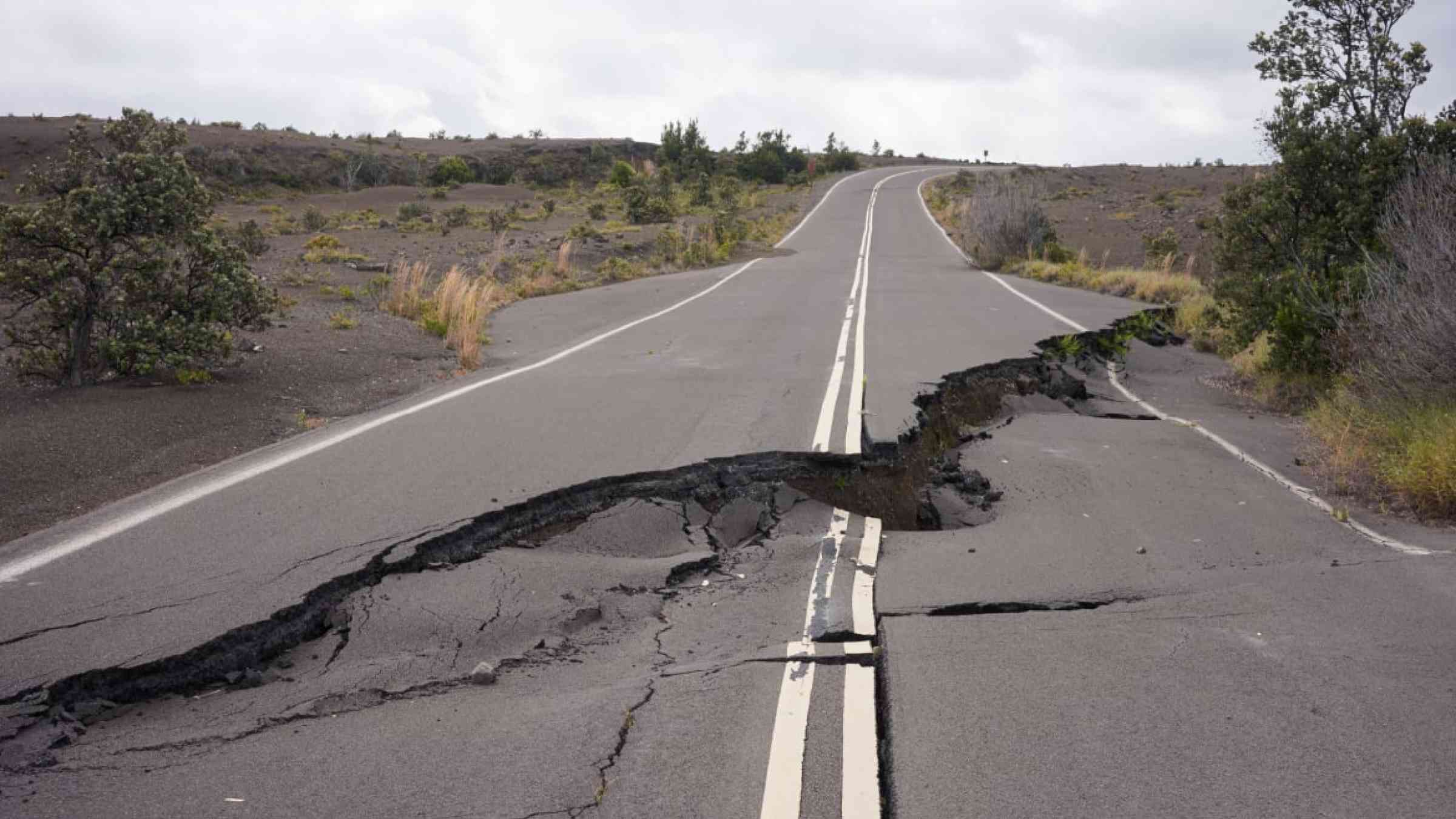Global GPS measurements indicate observable phase of fault slip two hours before large earthquakes

Analysis of Global Positioning System (GPS) time-series data from nearly 100 large earthquakes worldwide has provided evidence for the existence of a precursory phase of fault slip occurring two hours before seismic rupture.
“If it can be confirmed that earthquake nucleation often involves an hours-long precursory phase, and the means can be developed to reliably measure it, a precursor warning could be issued,” writes Roland Bürgmann in a related Perspective.
The ability to predict large earthquakes has been a longstanding yet elusive goal.
Short-term earthquake prediction – the ability to issue a warning from minutes to months before a quake occurs – relies on a definitive and observable geophysical precursor signal. Previous retrospective studies of several large earthquakes have suggested that a precursory phase of slow aseismic slip can be observed in faults before a mainshock.
However, the relationship between these observations and seismic ruptures is poorly understood as they don’t directly precede an event and occur frequently without being followed by an earthquake. As a result, the existence of a clear precursory signal capable of predicting large earthquakes remains uncertain.
Here, Quentin Bletery and Jean-Mathieu Nocquet present a systematic global search for short-term precursory fault slip before large earthquakes. Using global high-rate GPS time series data from 3,026 geodetic stations worldwide, Bletery and Noquet measured fault displacement up to two hours before 90 different magnitude 7 and above earthquakes occurred.
Statistical analysis of the data revealed a subtle signal consistent with a period of exponential acceleration of fault slip near the eventual earthquake’s hypocenter beginning roughly two hours before the rupture.
According to the authors, the findings suggest that many large earthquakes start with a precursory phase of slip or that the observations represent the tail end of a much longer and more difficult-to-measure process of precursory slip. Although the study offers evidence of a precursory signal heralding large earthquakes, Bletery and Noquet note that currently deployed earthquake monitoring instrumentation lacks the coverage and precision required to identify or monitor for precursory slip at the scale of individual earthquakes.
“Although the results of Bletery and Nocquet suggest that there may indeed be an hours-long precursory phase, it is not clear whether such slow-slip accelerations are distinctly associated with large earthquakes or whether they could ever be measured for individual events with the accuracy needed to provide a useful warning,” writes Bürgmann.